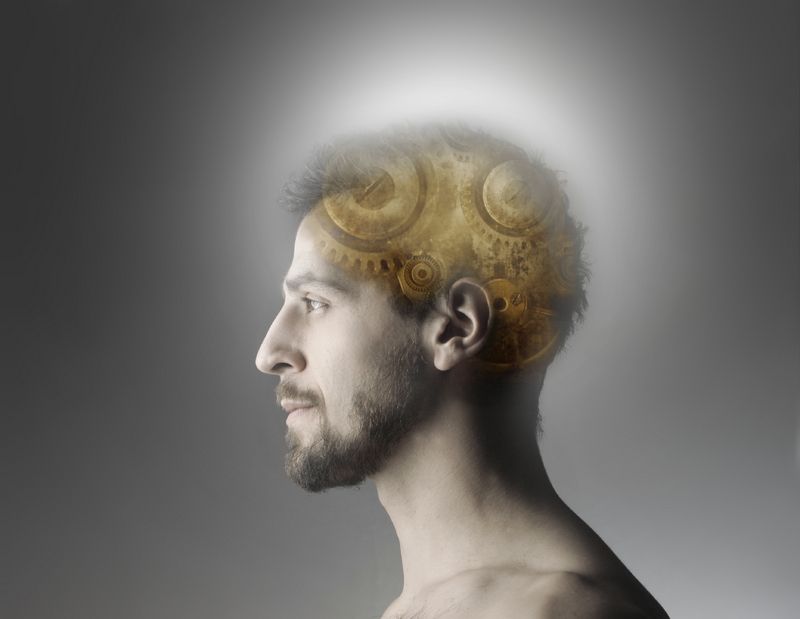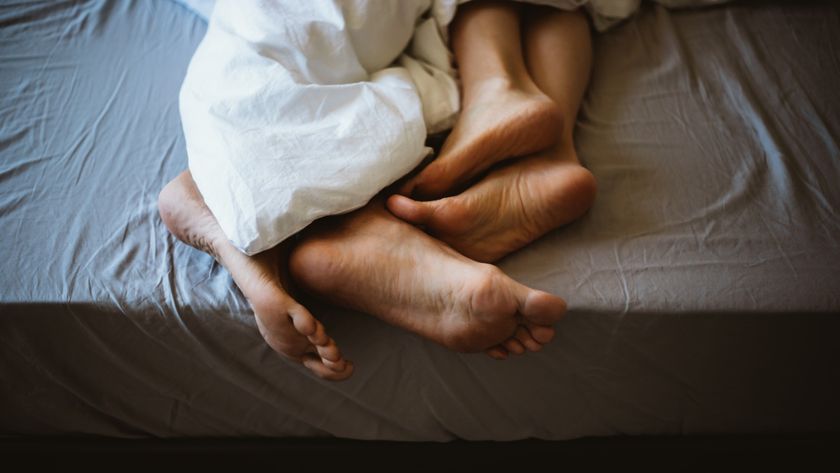Men Remember Repulsive Images, Women Pleasant Ones

Men are more likely than women to accurately remember unpleasant emotional experiences, whereas women are more likely to remember attractive experiences, a new study suggests.
Previous research has shown not only that people remember emotionally charged images more accurately than neutral ones, but also that our brains physically respond more to emotional images. However, research results have been inconsistent on whether pleasant or unpleasant pictures elicit greater brain activity in men and women.
Very few of these studies have specifically looked at how memories are affected by the level of repulsiveness (or attractiveness), which is termed "valence," and the level of emotional intensity, called "arousal," involved in the experiences, according to a statement by lead researcher Dr. Marc Lavoie, a psychiatrist at the Louis-H Lafontaine Hospital in Montreal.
For their study, Lavoie and his colleagues recruited 34 adults — 17 men and 17 women — who were similar in age, socioeconomic status, education and intelligence (based on two intelligence scales). The researchers showed the participants 100 computer images that fell into one of four categories: high valence with high arousal, such as erotic photos; high valence with low arousal, such as kittens and babies; low valence with high arousal, such as war images; and low valence with low arousal, such as babies crying.
The researchers then showed the images to the participants again, along with 100 new images, all mixed in a random order, and the participants had to push buttons on computer keyboards to indicate whether or not they had seen each image before. The researchers analyzed how quickly and accurately the participants responded to figure out which factors — valence or arousal — had the greatest influence on their memory.
They also hooked the participants up to EEG (electroencephalography) systems, which measure brain activity, enabling them to assess what was going on in the participants' brains while looking at the images.
Taking the speed and accuracy scores together, the researchers found that women remembered pleasant images (high valence) more efficiently than unpleasant images, regardless of how arousing the images were. Men, on the other hand, remembered unpleasant images most efficiently, particularly if they were highly arousing as well (pictures of war, for example).
Sign up for the Live Science daily newsletter now
Get the world’s most fascinating discoveries delivered straight to your inbox.
The brain scans revealed that the women's brains were more active in the right hemisphere when they recognized pleasant pictures, while the men's were more active in the left hemisphere. Previous studies, however, found that women's left hemispheres and men's right hemispheres are more active when recognizing unpleasant images.
"Our findings demonstrate the complexity of emotional memory and underscore the importance of taking valence, arousal and sex differences into account when examining brain activity," Lavoie said.
The study was published in the January issue of the International Journal of Psychophysiology.












